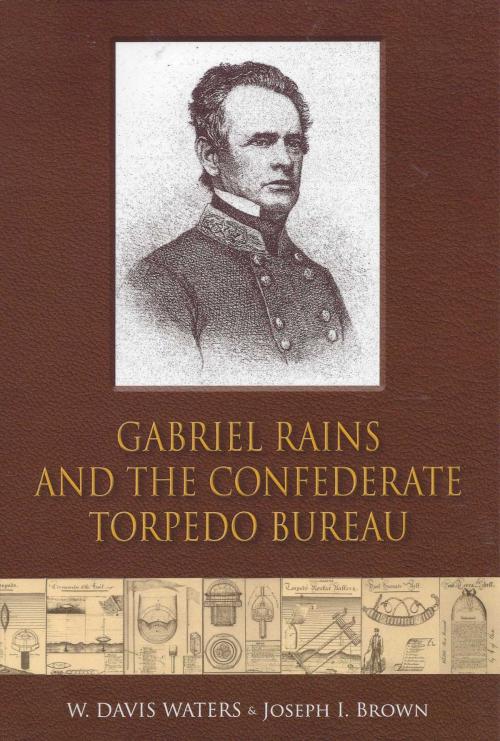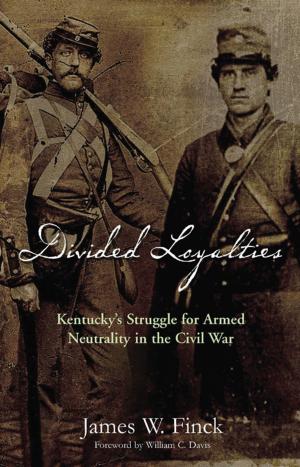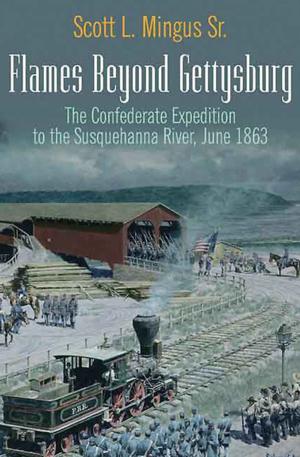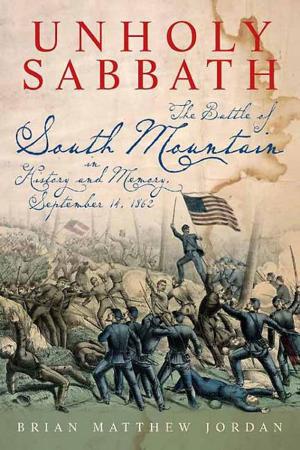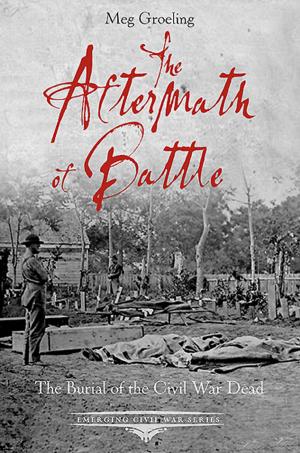Gabriel Rains and the Confederate Torpedo Bureau
Nonfiction, History, Modern, 19th Century, Americas, United States, Civil War Period (1850-1877), Military| Author: | W. Davis Waters, Joseph Brown | ISBN: | 9781940669700 |
| Publisher: | Savas Beatie | Publication: | May 19, 2017 |
| Imprint: | Savas Beatie | Language: | English |
| Author: | W. Davis Waters, Joseph Brown |
| ISBN: | 9781940669700 |
| Publisher: | Savas Beatie |
| Publication: | May 19, 2017 |
| Imprint: | Savas Beatie |
| Language: | English |
“Ironclads are said to master the world, but torpedoes master the ironclads.” Gabriel J. Rains was a Confederate Brigadier General who was more than a military officer—he was a scientist. His Civil War appointment gave him an opportunity to develop explosives. He invented three mines: the “subterra shell” (land mine), the keg torpedo, and the submarine mortar battery (both naval mines). After the Battle of Seven Pines in 1862, he served the Confederacy in two ways, Superintendent of Conscription and Commander of the Torpedo Bureau. He and his men mined the roads around Jackson and the harbors of Mobile, Savannah, and Charleston. His naval mines sank many ships and were more effective than heavy guns. In 1864, at the request of President Jefferson Davis, he mined the principal roads leading into Richmond as well as the lines around Fort Harrison. When it came time to evacuate the city, Rains and his family joined the president and cabinet as they traveled by train to Greensboro. After the war, he earned a patent, prepared a notebook for West Point, and wrote an article on mine warfare. Rains had a significant military career as he introduced a new form of weaponry. To some, he is regarded as the “father of modern mine warfare.” Gabriel Rains and the Confederate Torpedo Bureau by W. Davis Waters and Joseph I. Brown tells his remarkable story.
“Ironclads are said to master the world, but torpedoes master the ironclads.” Gabriel J. Rains was a Confederate Brigadier General who was more than a military officer—he was a scientist. His Civil War appointment gave him an opportunity to develop explosives. He invented three mines: the “subterra shell” (land mine), the keg torpedo, and the submarine mortar battery (both naval mines). After the Battle of Seven Pines in 1862, he served the Confederacy in two ways, Superintendent of Conscription and Commander of the Torpedo Bureau. He and his men mined the roads around Jackson and the harbors of Mobile, Savannah, and Charleston. His naval mines sank many ships and were more effective than heavy guns. In 1864, at the request of President Jefferson Davis, he mined the principal roads leading into Richmond as well as the lines around Fort Harrison. When it came time to evacuate the city, Rains and his family joined the president and cabinet as they traveled by train to Greensboro. After the war, he earned a patent, prepared a notebook for West Point, and wrote an article on mine warfare. Rains had a significant military career as he introduced a new form of weaponry. To some, he is regarded as the “father of modern mine warfare.” Gabriel Rains and the Confederate Torpedo Bureau by W. Davis Waters and Joseph I. Brown tells his remarkable story.
